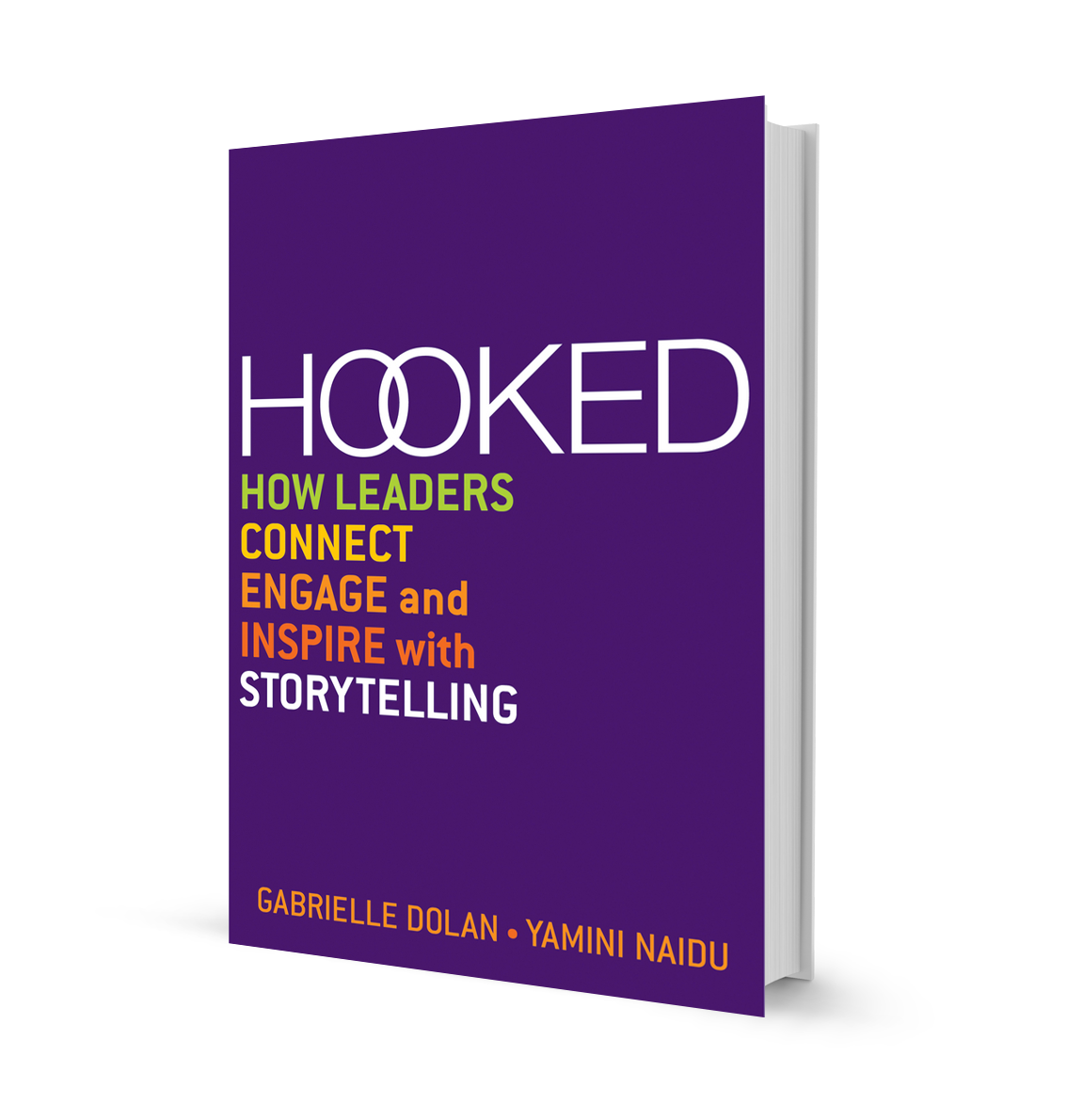Given my background in sales and marketing, I still have a keen interest in what the advertising and marketing industry is doing. One of my favourite things to watch on TV is Gruen Planet, one of the many versions of The Gruen franchise produced by Andrew Denton. I love the way the panellists on Gruen Planet try to get inside the head of what advertisers are thinking when they put certain messages forward. Sometimes those messages can seem very strange indeed.
Recently I saw an ad that - while it wasn’t funny enough for Gruen Planet - certainly struck me as very strange. It's an ad for Sensodyne Toothpaste, and it’s presented by an attractive young woman talking about the benefits of Sensodyne Toothpaste for “sensitive teeth patients”, I think she called them.
The thing that’s really strange about this ad is that this woman is the Marketing Manager for Sensodyne, and they actually say so in the copy. Since when have people trusted the marketing manager’s views as an expert on what makes a good toothpaste? Where have all the dentists gone?
For me, this served as a reminder to be careful about who we put forward as experts in our proposal. Sure, the ideas our experts talk about are generally concocted by a team of people, which may of course include the sales and marketing people. But customers want to hear from experts - the people who have the training and the knowledge to make such pronouncements. I’d be happy to hear the marketing manager talk about marketing, which is what she’s trained and experienced to do. But when it comes to the benefits of toothpaste, give me a dentist any day.



